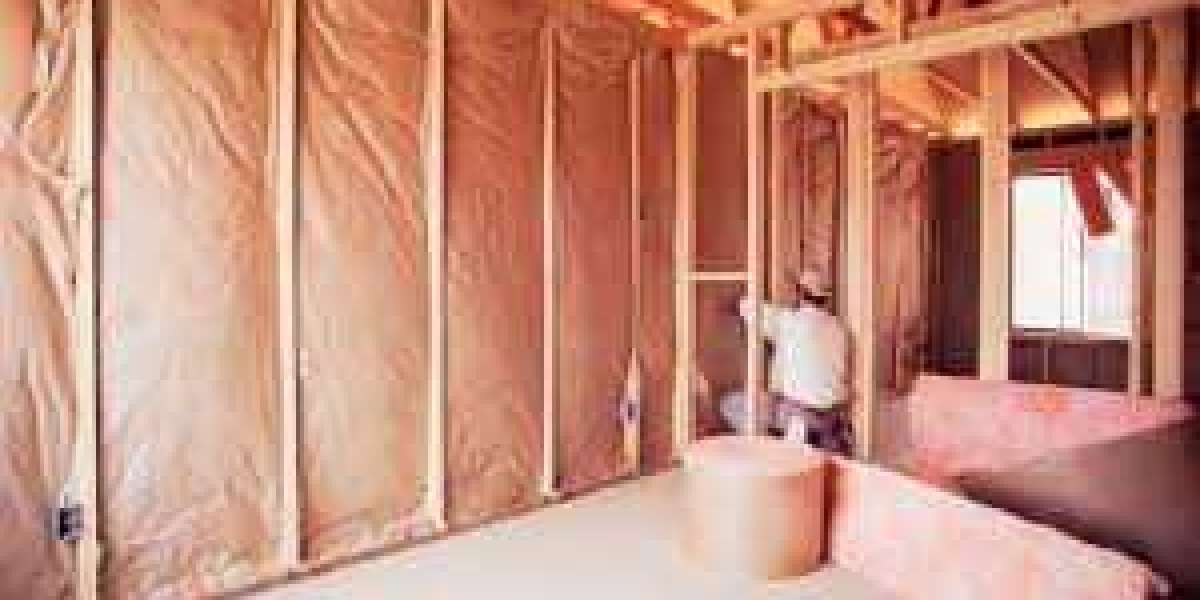Building insulation methods
Building insulation methods vary according to the nature of the building, whether it is a house, a hospital, or a company. There is thermal insulation to protect from heat in summer and cold in winter, moisture insulation to protect the building from mold, and sound insulation to ensure comfort in a way that prevents outside noise from being heard.
Moisture isolation methods
Moisture results from fluctuations in the climatic condition in the winter in the absence of the sun, in addition to condensation, poor drainage, and the effect of leaking ground and surface water, and negatively affects the building, leading to its short life and the emission of stinky odors from it, not to mention the growth of insects and mice and the consequent consequences. Viruses and diseases that make the building an unhealthy home for its people.
With regard to the method of insulation, the purpose of insulation must be taken into account, whether for bathrooms, basements, upper ceilings, or floors, and the nature of the land on which the building is built, whether it is sandy, dry, rocky, or wet, and the nature of the surrounding climatic condition, so is the weather moderate or rainy? , or hot, and there are moisture-insulating materials, including:
Flexible insulating materials: contribute to preventing moisture during a period ranging from three to five years, and examples of them are metal sheets including lead, copper, aluminum, galvanized iron, or stainless steel iron, and bitumen made from distillation of crude oil and varies Between oxidized bitumen or hardened bitumen, waterproofing methods made from a mixture of paraffin and volatile oil, and finally polyethylene tarpaulin.
Semi-rigid insulating materials: such as asphalt, including asphalt chips and asphalt rolls.
Rigid insulating materials: such as cement whitewash, slate boards, asbestos boards, wooden chamfer boards, plastic materials, vitrified tiles of all kinds, Greek, Roman, Spanish and plain, and waterproofing additives resulting from mixing hydrated lime, acid fat, iron powder, silica, cementon and mesa materials. And the bucket with concrete water to stop the water permeability.
Thermal insulation methods
Thermal insulation materials in buildings are characterized by low thermal conductivity and high heat resistance. Examples include:
Loose granules or fibers that are poured into voids, or concrete blocks.
The felt or blanket is also poured into the voids of walls or ceilings, provided that they are not subject to subsidence.
Solid panels shall be placed on the façade, above the roof, or under the moisture-proof layer.
Dielectric reflectors.
Concrete blocks.
Insulating curtains.
Hollow walls.
Sound insulation methods
Sound is transmitted by mechanical and compression waves, and it depends on the number of sound waves per second and the intensity of the sound. Buildings can be isolated by absorbing these waves in one of the following ways:
Use of carpets and rugs on floors.
Using doors and windows made with cork, polystyrene, or rock wool filling.
Filling the space between the walls with cement, cloth, gypsum boards, or wood panels.
TRANSLATED FROM:
شركة كشف تسربات المياه بالبدائع



